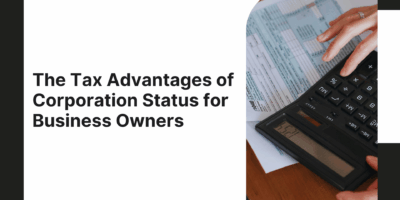
401(k) Providers: Buyers Guide
Offering a 401(k) sends a clear message to your workers that you care – and are willing to invest in – their future. Explore our 401(k) Providers Buyers Guide to equip your organization with the knowledge for a successful selection and implementation process.





